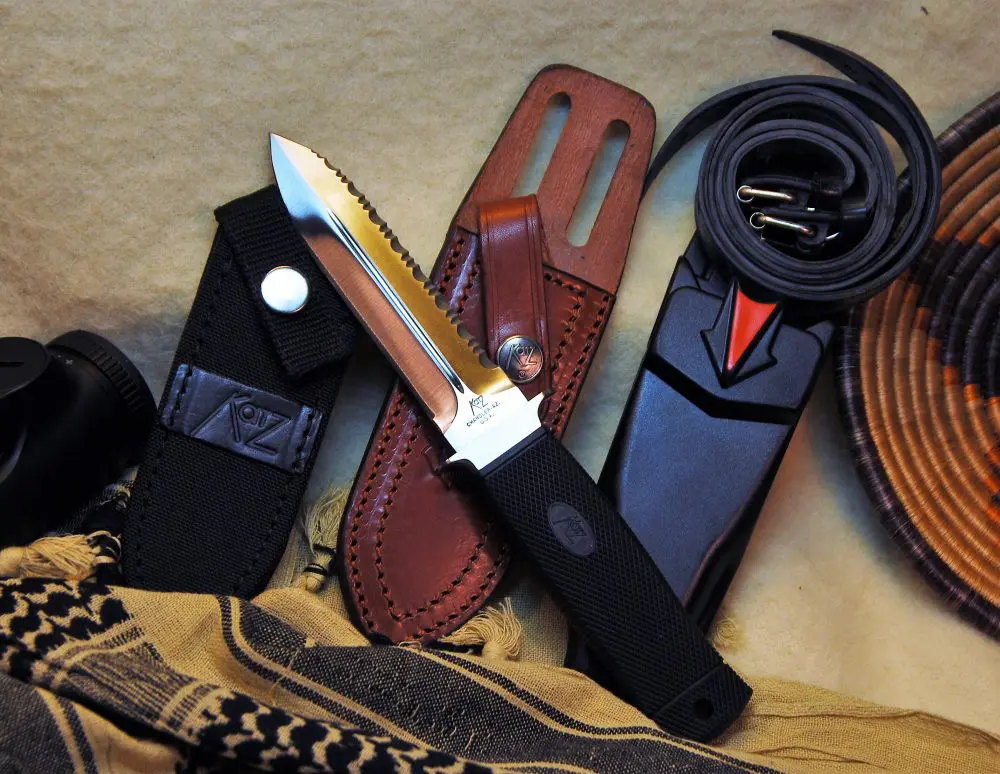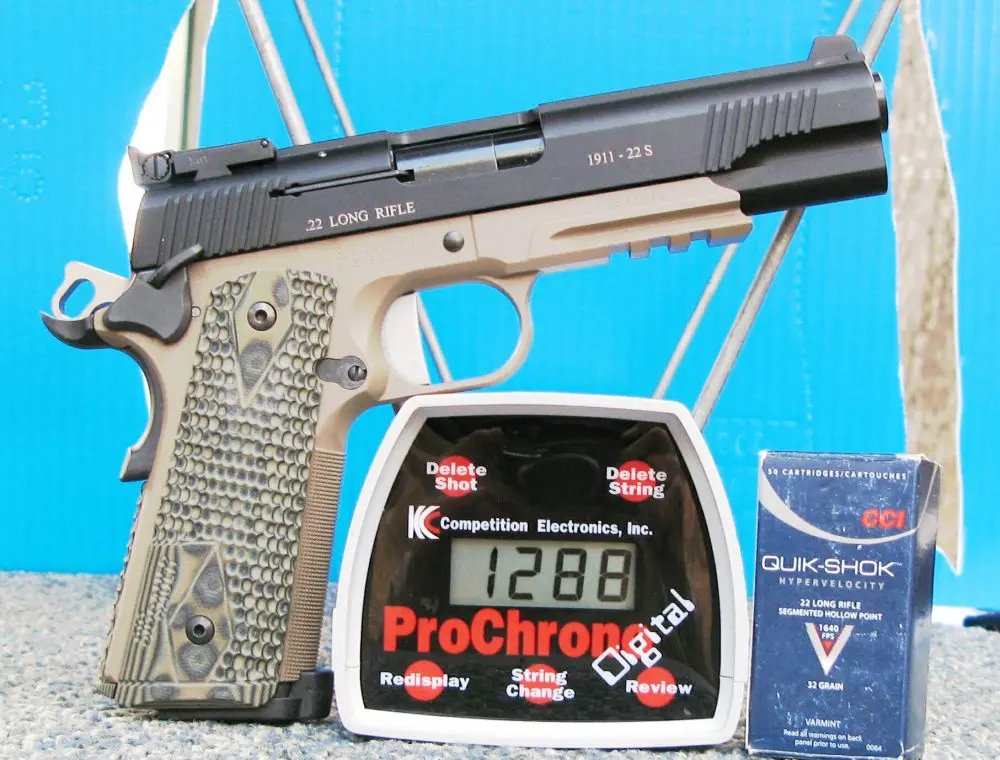It’s mid-winter in North America—and you’re miserable.
Frigid temperatures, rain, sleet and snow have combined to cast doubts in your mind as to whether you could, if required, perform at a satisfactory level of competence in a gunfight.
Since Rule Number One is to always look cool, that’s no problem, as you’re currently so cool your frozen blue skin is already color-matched to that idiotic ear implant that appears to have universally replaced the cell phone. What is a problem, however, is being able to instantly access a pistol from underneath mounds of clothing and then, once accessed, to maintain control of the weapon with wet, numbed hands.
As one more piece of evidence that He does, indeed, have a sense of humor, the Good Lord has seen fit to reverse the functioning of your body organs relative to the change of seasons. In summer your heart was on fire, fueled by a passion for life. Now the only things burning are your ears and fingertips. Six months ago your feet enabled you to seemingly out-accelerate a Ferrari. Along comes winter, and apparently the only organ capable of running is your nose. C’est la vie.
Unfortunately, bad people don’t hibernate during the winter months, so if you’re serious about training for a potential conflict, you’d better include cold-weather scenarios in your practice regimen. And taking for granted that no training can ever assure success in battle, there is one guarantee: you can’t simulate that you’re cold when you physically aren’t cold.
Prancing around on the training range dressed like Sasquatch when spring flowers are blooming proves only one thing—you remembered where you stowed the previous winter’s clothes and gear. It in no way represents having to operate in Icelandic conditions, with attendant frozen paws, precarious balance on icy road surfaces, loss of alacrity because you’re swathed in clothing like an Eskimo mummy, and let’s not forget the dulling of senses that cold and discomfort tend to breed.
If you’re hot, you can always hydrate or rent a herd of concubines to fan you with ostrich feathers, but once the cold permeates your body, you’re one digit short of a full zip code. Yes, I know they sent you to Norway for three months of cold weather training, but the Russians also used to fling their trainee paratroopers into snow banks from low-flying aircraft—without parachutes.
Since safety in training is paramount, cold weather training is usually suspended when it becomes too dangerous due to slippery footing, frozen gun hands or the approach of hypothermia—but there’s no time-out in a war zone. While attempting to replicate, training isn’t a real battlefield and never will be—and “acceptable training losses,” like good manners and honesty, went out the window a long time ago.
So how do you prepare for a Frigid Fight situation?
First you practice in decent weather, fully dressed in your foul-weather gear, including the gloves you’d be wearing. The latter are critical to gaining proficiency with the loading, manipulation, checking, reloading and malfunction clearances of your carry pistol(s). Use dummy replicas of your weapons until proficient, or you’re an accident waiting to happen.
Once you’ve achieved a quick, positive drawstroke/presentation of the pistol onto target from beneath the cold/wet weather anorak, coat, sweater or whatever, you’ll discover a couple of interesting things:
First, unless you’re packing a World War II Nambu (which could often be fired merely by tightening the firing grip anyway), your gloved index finger no longer fits inside the trigger guard. Oops. That neato “accurizing” long trigger you fitted last summer has now rendered the pistol about as useful as a milk pail under a bull.
You could cut off the trigger-finger portion of the glove. That usually works, and it also looks cool (see Rule One). Hope you aren’t pinned down for two hours behind a dumpster, or you’d better have a warm place to insert your trigger finger until needed. (A suggestion will be cheerfully supplied upon request.) With a bit of luck, you won’t have to shoot weak-handed, so the other glove doesn’t need to be modified. Apparently that situation arises only in the warm weather months.
Or you could practice using your teeth to remove the required glove from your hand. (If you have false teeth, please see the section on how to keep your trigger finger warm.)
Another enlightenment you discover with initial practice is that zippers bind more in winter than in summer. Lube them with candle wax, MD Labs XF7 lubricant, or better yet, use a double pull-tab zipper. This enables you to leave the lower section of a coat “snapped” while the upper portion is zippered, giving quick access to a belt holster.
More joy is discovered—especially in saltwater conditions such as coastal areas—when you find the one-way snap on your holster’s thumb snap is now a zero-way snap. They often rust inside and don’t unsnap at the most inopportune times. Keep them lubed!
The list of items affected by cold weather, too long to itemize here, also includes moisture absorption into cartridge primer pockets, resulting in unsatisfactory primer/powder ignition. Seal them with nail polish. Finally, after you’ve discovered all the little equipment joys that can get you killed—like goggles that fog the first time you take a breath—then, and only then, should you start practicing live fire and manipulation exercises with a loaded, operational weapon.
Unquestionably, fighting and training in cold weather are more difficult, both mentally and physically, than in fair weather. But if you’re serious, as opposed to paranoiac, you either train or you don’t—there is no gray area.
Don’t worry about it. Unless you’ve lived the life of a saint or are deeply religious, if you get taken out in winter, you’re probably headed for a place where the last thing you’ll have to worry about is getting cold.
[This column first appeared in the December 2006 issue of S.W.A.T.]





